OTHR Design Studio
Beautiful, useful homewares 3D printed on demand in steel, precious metals and porcelain
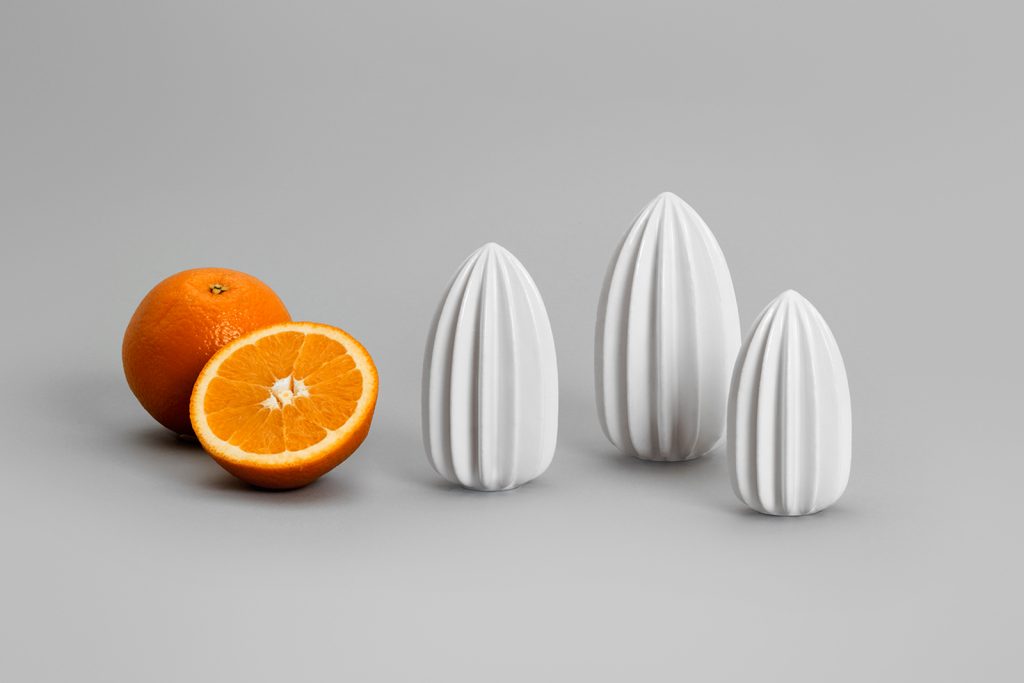
There are three pillars to the products released by OTHR design studio: they must be useful, they have to fit the right aesthetic, and they need to be unique. Combining these guidelines with an inventory-free model, as they 3D print homewares on demand, OTHR isn’t an average organization. They’re quick, they’re collaborative and, since their launch during New York Design Week, they’ve demonstrated that they’ll continue to release new products every two weeks. We visited the downtown NYC headquarters of OTHR and spoke with co-founders Joe Doucet, Dean DiSimone (who’s also the American partner for Tokyobike) and Evan Clabots to find out if their vision has shifted since the launch only a month ago—and what can be expected in the future.
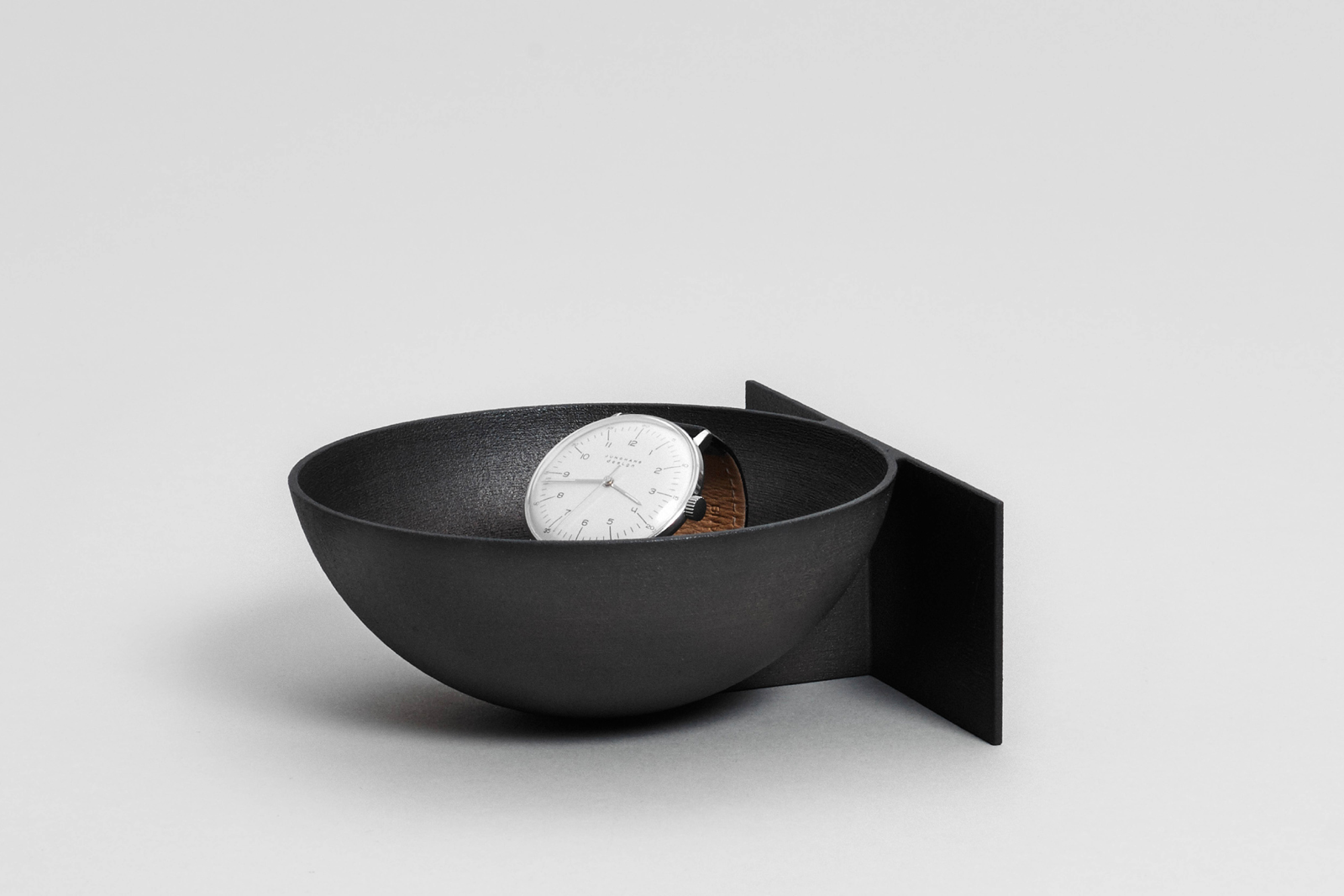
A quick glance at any of OTHR’s products reveals their burgeoning design DNA. Each work was developed with an acclaimed partner designer or envisioned in-house to showcase the potential of their processes. “We are a design brand first and foremost because that’s our passion,” Doucet explains to CH. “All three founders are designers. Design is a thing which permeates our lives. It’s more than these objects that we live with but the relationship that we have with them. There’s a very personal take to it.” And yet Doucet is quick to admit that the world is saturated with perhaps too many things. This led to their print-on-demand model—a system which not only removes the concept of inventory, but also warehousing.
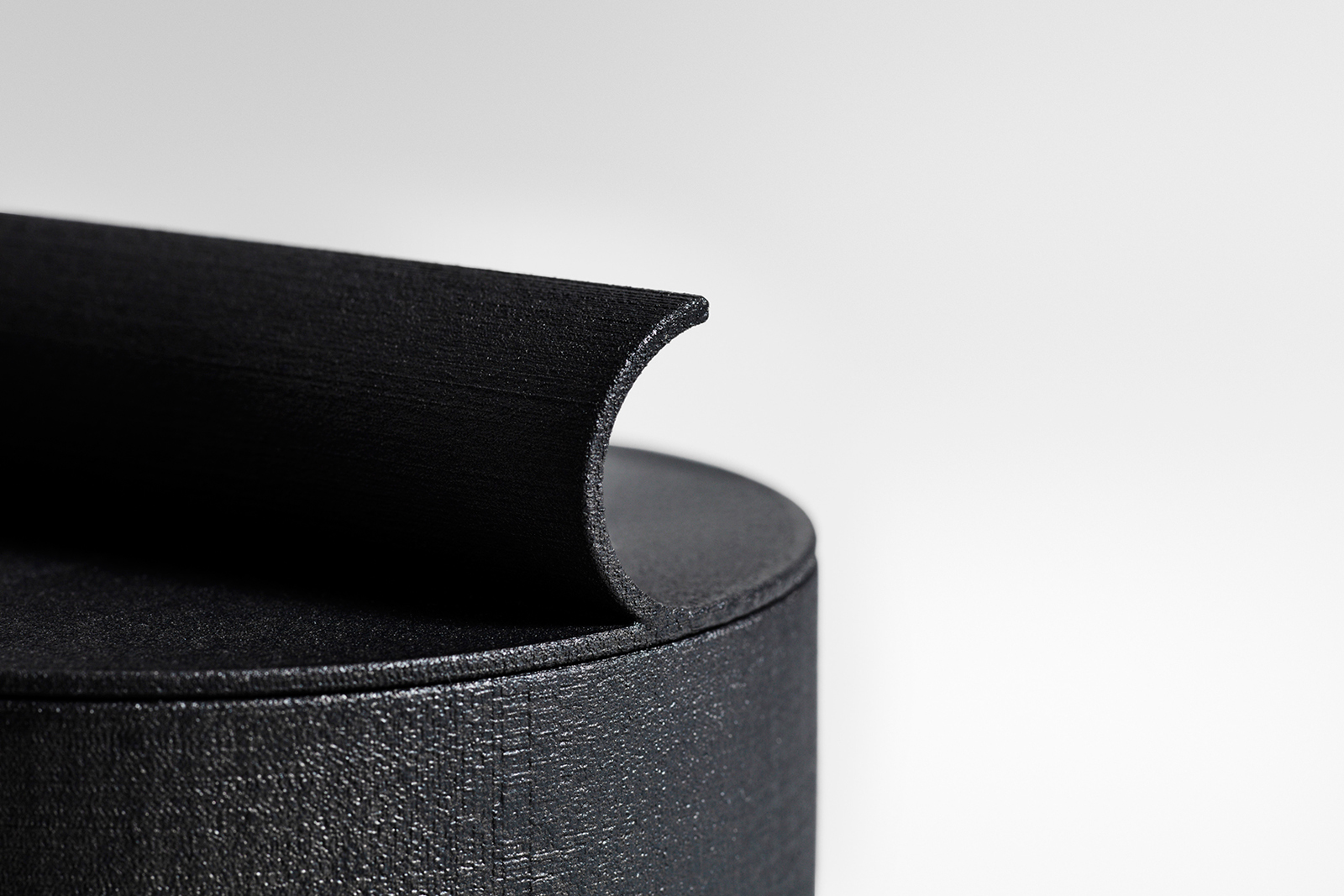
This model opens up the world of design to those who’ve found it too pricey, but also lends an eco-consciousness and a flexibility. “Technology allows us to bring in massive amounts of great design without negative harm to the environment. Our products don’t exist until a person buys them. We are not cutting tooling or manufacturing in another country, housing it and then shipping around the world. These things come into the world when there is a home for them,” he continues. There is a multitude of further positive impacts rippling off such a system.
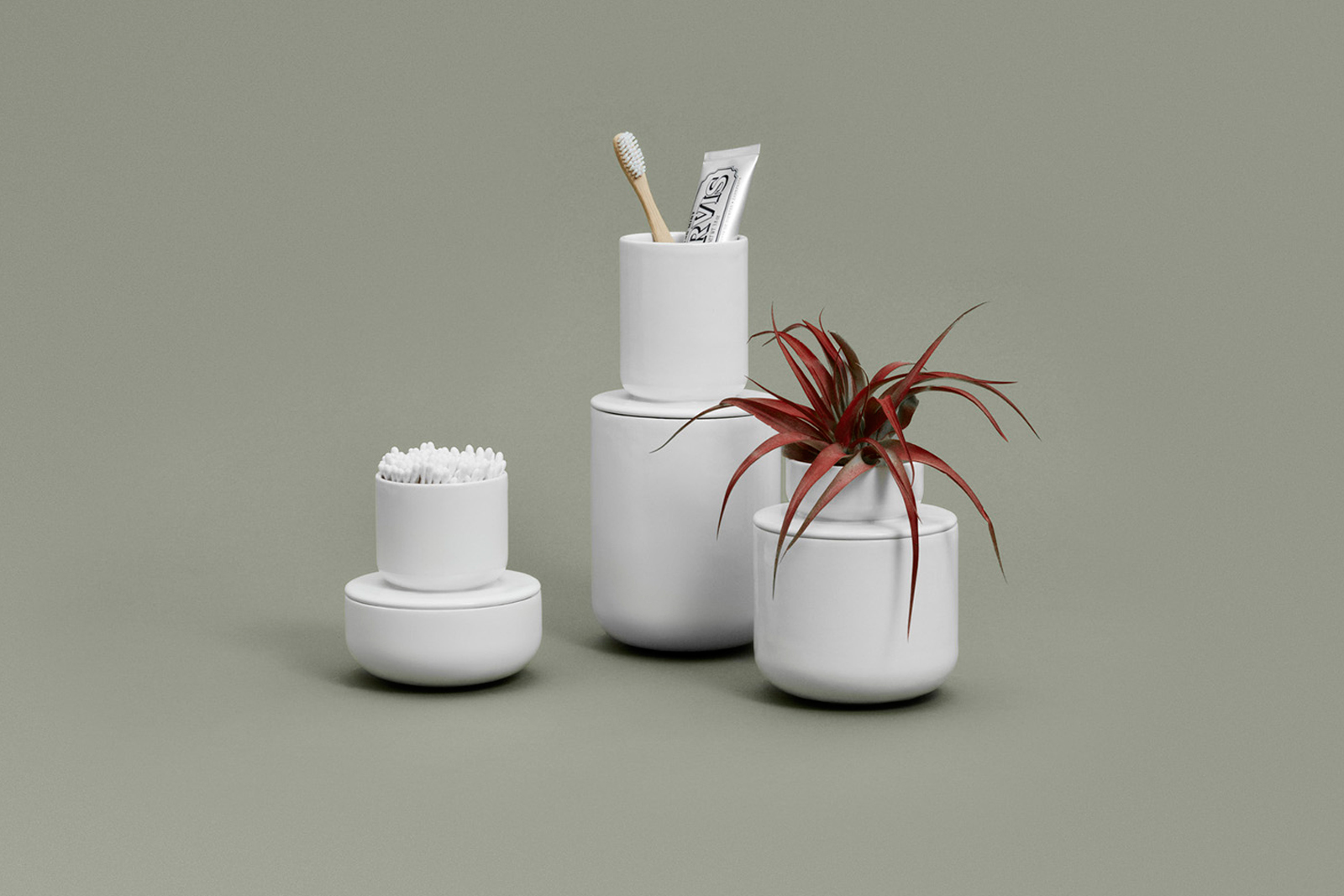
“We don’t have a thousand products that we have to get rid of,” DiSimone adds. “So the minute that technology has improved, we are delivering an advanced product to the consumer.” Clabots also shares, “In the past I’ve worked for companies where we see a great design from a designer, but the minimums for production are 5000. So we go, ‘Can we turn 5000 pieces twice this year?’ If the answer is no, we can’t pursue that design no matter how amazing it is. Here, we get to look at an object and we do not have the pressures to produce, warehouse and turn that inventory. We can turn to more niche areas.”

As we mentioned earlier, means that every two weeks OTHR can launch the work of a new designer. “There’s no real sort of archaic industry standard release dates,” DiSimone adds. “Products are developed in real time. Designers also have an incredible new platform. They no longer need to try to get recruited by a large brand to develop a product for a year down the line.” And of equal importance, this allows for sheer experimentation—so long as the products align with the pillars of OTHR.

“We get to explore and take more chances,” says Clabots. “That’s really what’s exciting about what we are doing. The learning curve, what we are doing with the technology, is just exponential. We have the ability to work with some of the greatest designers in the world.” In turn, new designers can piggyback off of the consistent developments in technology, pushing further and further. “The hits you have as a brand are often surprising. Things that take off you can’t predict,” adds Doucet. And while the studio has no desire to cast too wide a net, they can develop what they believe in at a rapid pace.
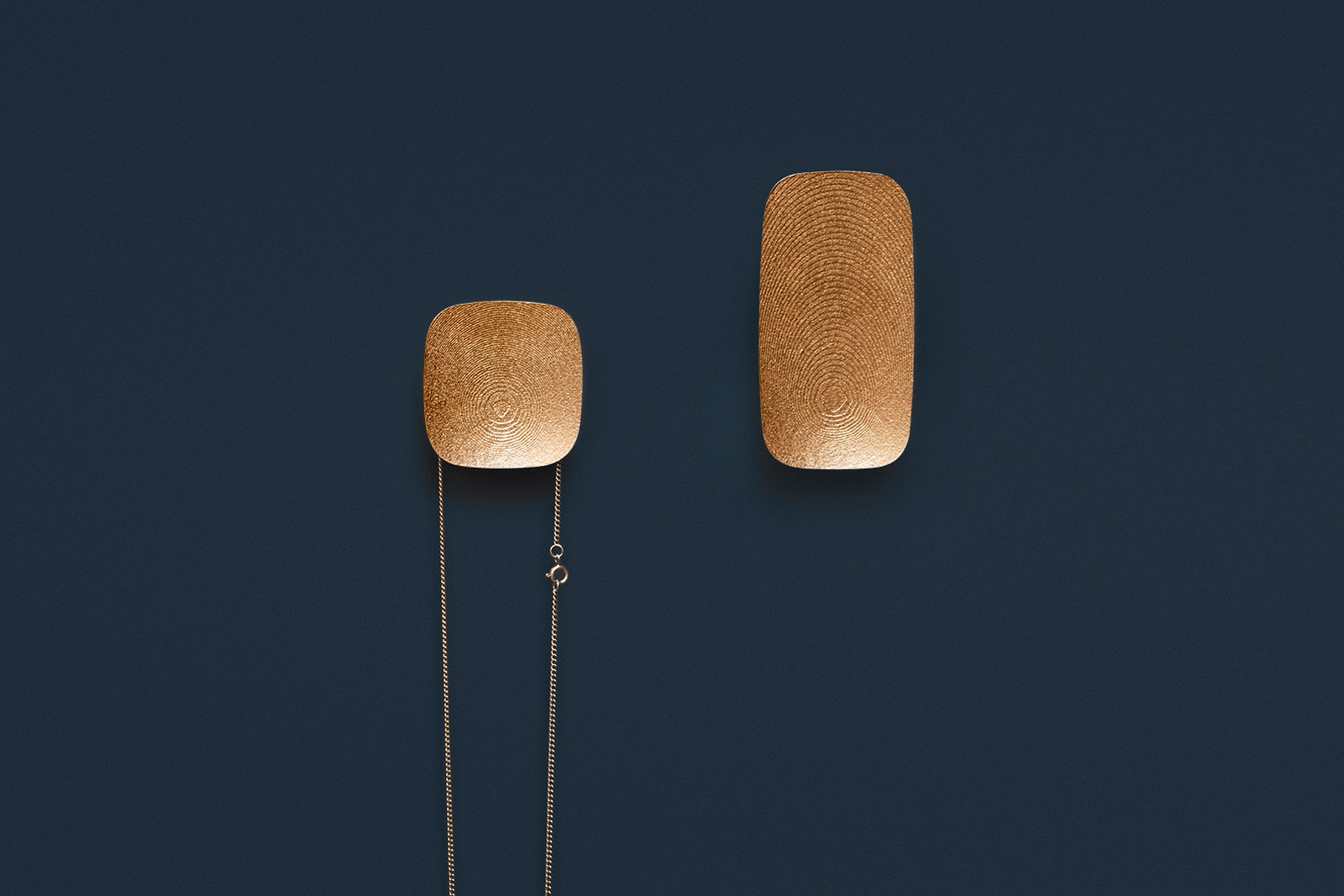
There are still consumers wary of 3D printing for a perception antithetical to the handcrafted movement the design world seems a bit obsessed with. But there’s value here and as Doucet notes, a certain charm. “These are very early days,” he says. “3D printing with steel, the way we are doing it, is only about a year old. 3D printing with porcelain has been out of beta for about six months.” The way things are made today is not how they will be made in the future, and OTHR understands that. Products will look different down the line as advancements are made, but for now, each product has what can only be described as a fingerprint-like texture. Further, every item from OTHR comes numbered sequentially, as it was produced. And with their sequencing, a lower number does offer value. It’s part of the brand’s history.
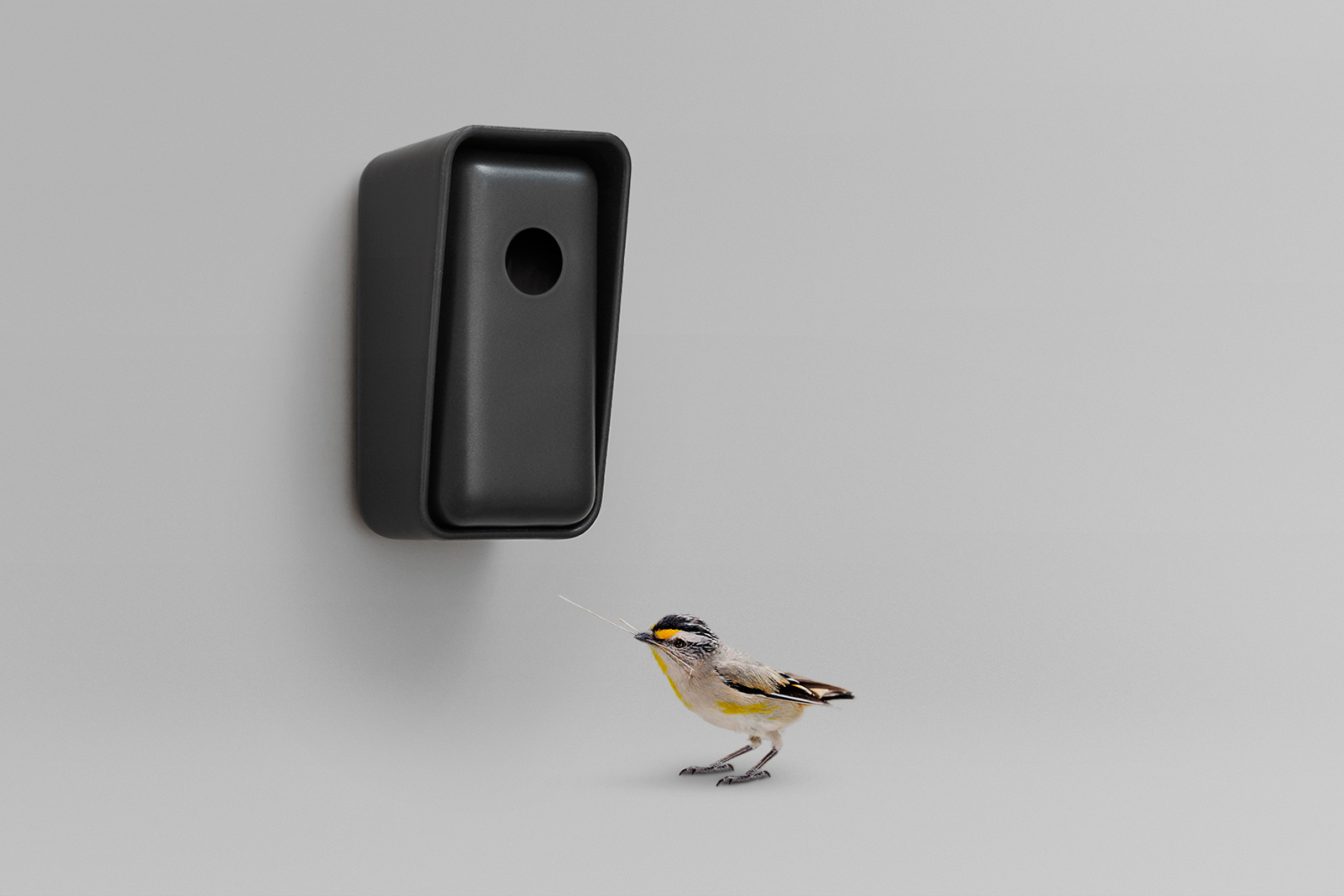
OTHR launched with products designed by Clabots, but also Jonah Takagi, Todd Bracher, Sebastian Bergne, and the esteemed Philippe Malouin. “We very intentionally reached out to our first group of designers,” Doucet says. “They were hand-selected, in a way, because of what they brought, because of their aesthetic approach. We knew they could take our three principals and define who we are as a brand.” From their 3D-printed bronze Ico bottle opener to the 3D-printed polished gold steel Ipseity Wall Hook, they demonstrated their capabilities with metal. With their Double Vessel Set and EE Juicer Set, they’ve done the same with porcelain.

As for what’s next, they do have a queue of collaborations coming out every two weeks for the foreseeable future. Partners include graphic designers, fashion designers and architects. “We are able to take our knowledge and what we’ve understood about the technology, filtered through our brand values, and apply them to different views of the world,” Doucet adds. “We’ve created a core of OTHR products and now we can go out to a more diverse world and push the boundaries into a lot of different directions,” contributes Clabots. But perhaps most fascinating, OTHR will be releasing 3D-printed knits soon—and we can’t wait to see what they look like.
Explore all of OTHR‘s design items online.
Images courtesy of OTHR












